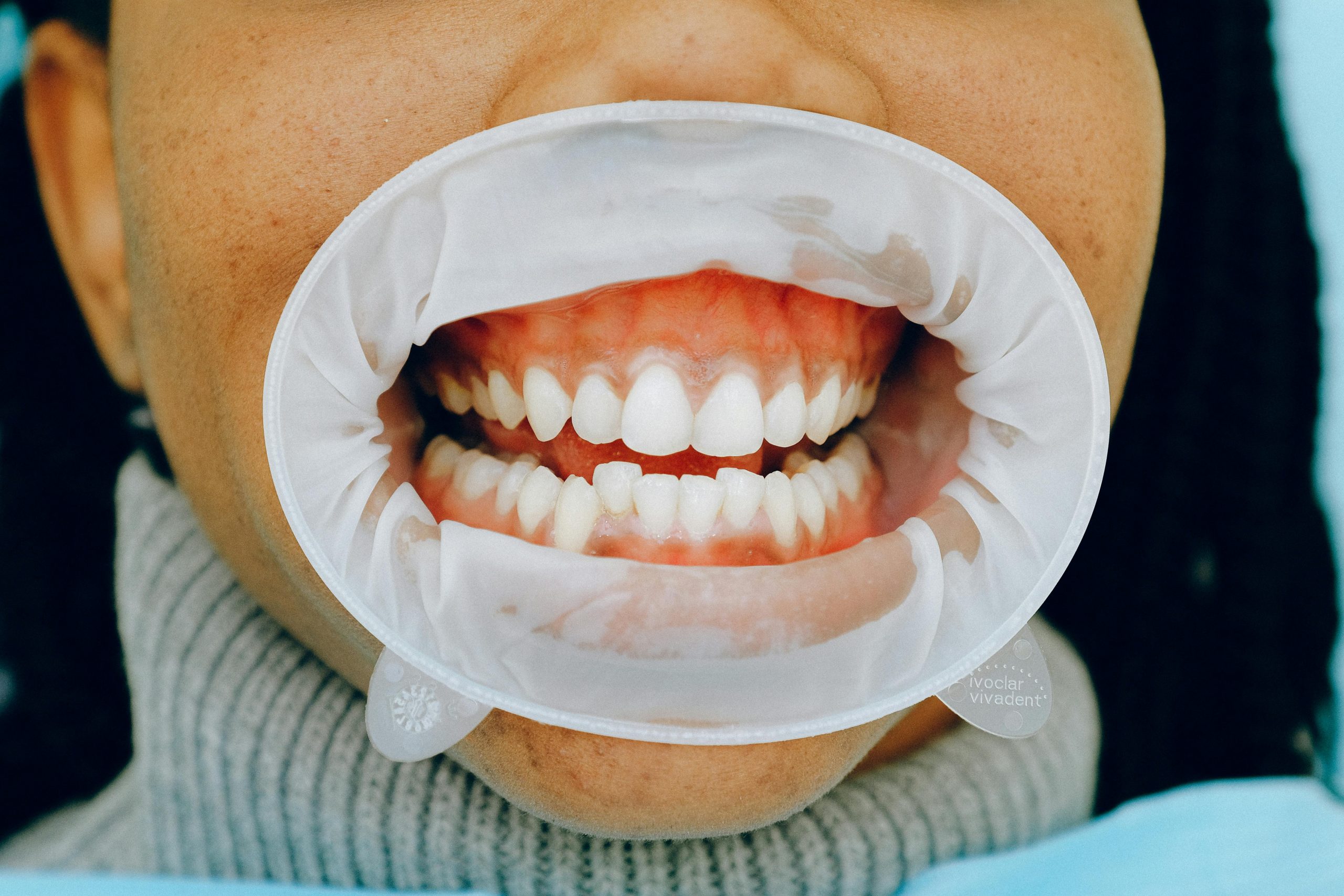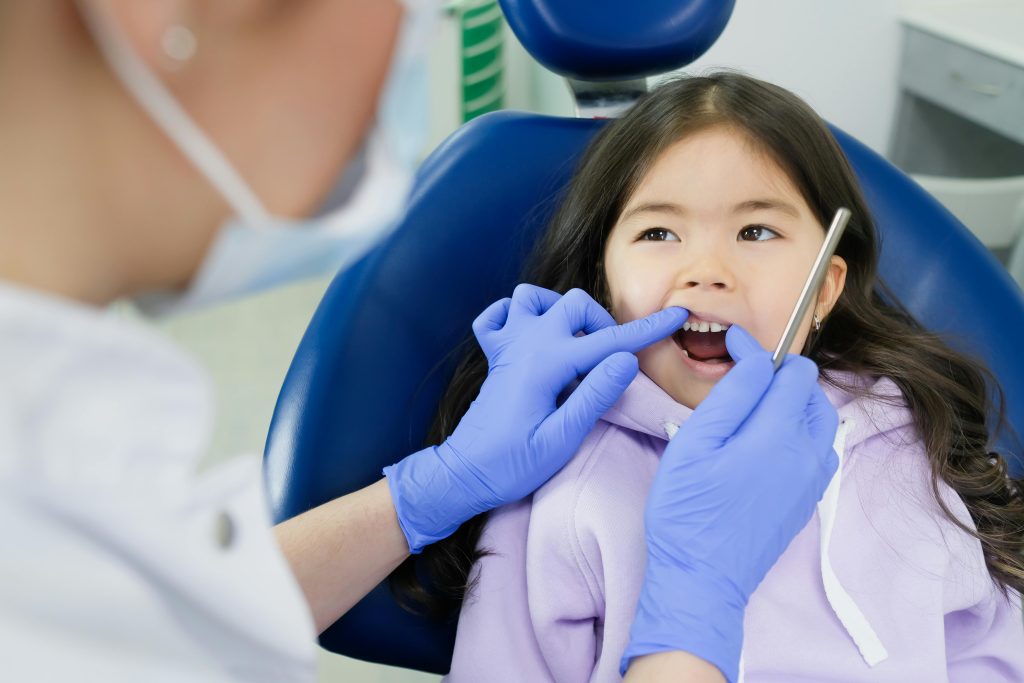When people think about orthodontic treatment, the first thing that comes to mind is often a straight, beautiful smile. While orthodontics improves teeth’ appearance, it also plays an essential role in keeping mouths healthy. By fixing crooked teeth, bite problems, and jaw issues, orthodontic treatment helps prevent various dental health problems that could develop over time.
This blog explains how orthodontic treatment goes beyond aesthetics and significantly improves oral health.
What is Orthodontic Treatment?
Orthodontic treatment corrects problems with tooth and jaw alignment. It includes straightening crooked teeth, closing gaps, and fixing bite issues such as overbites, underbites, and crossbites. The most common types of orthodontic treatments include braces (metal and ceramic) and clear aligners like Invisalign.
While many people seek orthodontic treatment for a better-looking smile, it offers long-term benefits for oral health by preventing dental issues and improving overall function.
Here are some common problems orthodontics can fix:
- Crowded or crooked teeth: Teeth that overlap or are too close together
- Overbites and underbites: When the top or bottom teeth stick out too far
- Gaps between teeth: Spaces that may cause problems with bite or appearance
- Jaw issues: Misaligned jaws or difficulty in biting and chewing
How Orthodontic Treatment Improves Oral Health
-
Easier to Keep Teeth Clean
One of the biggest health benefits of orthodontic treatment is that it makes cleaning your teeth easier. When your teeth are crooked or crowded, it’s harder to brush and floss them properly. The tight spaces between overlapping teeth can trap food and make it difficult to reach certain areas with a toothbrush or dental floss. Difficulty in cleaning can lead to plaque buildup, which increases the risk of cavities, gum disease, and bad breath.
Once your teeth are properly aligned, brushing and flossing become easier. This helps reduce the chances of plaque buildup. Straight teeth make good oral hygiene much more manageable and help prevent long-term dental problems.
-
Reduced Risk of Cavities and Gum Disease
When teeth are misaligned, food particles can easily get trapped in gaps or tight spaces, making plaque more likely to form. Even with regular brushing, it’s hard to clean these areas when teeth are not aligned properly, which can lead to cavities and gum disease.
Teeth straightening makes it easier to clean all areas of the mouth, reducing the risk of these common dental issues. By moving the teeth into proper positions, orthodontics helps ensure fewer spaces for hiding plaque, leading to healthier gums and teeth.
-
Prevention of Tooth Wear and Damage
Teeth that don’t fit together properly can create uneven pressure when biting or chewing. This may lead to excessive wear on certain teeth. Over time, the uneven pressure can make teeth more prone to chipping, cracking, or wearing down. Excessive tooth wear can lead to more serious dental issues, such as weakened enamel and increased tooth sensitivity.
Orthodontic treatment aligns teeth and corrects bites, ensuring chewing pressure is evenly distributed across all teeth. This helps protect teeth from unnecessary damage, keeping them stronger for longer.
Orthodontics also helps prevent jaw problems that can arise from bite issues. Misaligned teeth can cause extra strain on the jaw, leading to pain or conditions like temporomandibular joint (TMJ) disorder. Orthodontic treatment relieves the stress on the jaw muscles, preventing or reducing jaw pain and discomfort.
-
Better Jaw Function and Less Pain
When teeth are misaligned, it can cause stress on the jaw joints and muscles. If the bite is incorrect, chewing may become uncomfortable, and it may even lead to jaw pain, headaches, or chronic jaw problems like temporomandibular joint (TMJ) disorder. TMJ affects the joint that connects your jaw to your skull and can cause ongoing discomfort.
Teeth alignment also helps to correct the bite, reducing stress on the jaw and preventing pain. Proper alignment makes everyday activities like eating and speaking more comfortable and helps prevent jaw-related problems in the future.
-
Improving Speech
Your teeth play an important role in how you speak. If your teeth or bite are misaligned, it can affect the way you pronounce certain sounds. This might lead to speech problems like a lisp or difficulty saying “s” or “th” sounds clearly.
Orthodontic treatment can improve speech by aligning teeth properly and making it easier to pronounce words correctly. This can be especially beneficial for children or adults who struggle with speech issues due to dental misalignments.
The Importance of Early Orthodontic Treatment
People of all ages can benefit from orthodontic treatment, but it’s beneficial to begin treatment early when the teeth and jaws are still growing. Orthodontists often recommend that children have their first orthodontic check-up between the ages of 7 and 9. The check-up allows them to spot potential problems early and start treatment if needed.
Starting orthodontic treatment early, known as interceptive orthodontics, can help correct issues before they become more serious. For example, early treatment can guide the growth of the jaw, create more space for incoming permanent teeth, and reduce the need for tooth extractions later on. Early intervention can also shorten the overall treatment time and help prevent more complicated issues from developing as the child grows.
Parents who are proactive about their children’s oral health often find that early orthodontic treatment can make a big difference in their child’s dental development. By addressing problems early, orthodontists can ensure that the child’s teeth and jaws grow properly, leading to better oral health in the long term.
Different Types of Orthodontic Treatments
There are many options available for different needs and preferences as orthodontic treatment has come a long way. Here are some common treatment options:
Traditional Metal Braces
Metal braces are the most common type and are highly effective for treating many orthodontic problems. Metal brackets and wires gradually move the teeth into their correct positions over time. While metal braces are visible, they are often the best option for more complex cases, as they can provide precise and predictable results.
Ceramic Braces
Ceramic braces work in the same way as traditional metal braces but are made from tooth-coloured or clear materials, making them less noticeable. Ceramic braces are popular for older teenagers and adults who want effective treatment but prefer a more discreet look.
Invisalign
Invisalign is an almost invisible, clear, removable aligner system. The aligners are custom-made to fit over your teeth and gradually move them into the correct position. Invisalign is an excellent option for those who want a discreet treatment method and the flexibility to remove the aligners for eating, brushing, and flossing. It’s particularly popular with adults who want to straighten their teeth without wearing visible braces.
Lingual Braces
Lingual braces are similar to traditional braces but are attached to the back of the teeth instead of the front, making them completely invisible from the outside. Lingual braces are an excellent option for people who want the benefits of traditional braces but don’t want them to be visible. However, they can be more challenging to clean and may take some time to get used to.
Orthodontics and Lifestyle
Orthodontic treatment offers more than just health benefits—it can also significantly impact confidence and self-esteem. People with straight teeth often feel more confident in their appearance, boosting their self-esteem in social and professional situations.
In today’s world, where appearance can play a role in personal and professional success, having a straight, healthy smile can make a positive difference. Many adults choose orthodontic treatment to enhance their appearance, improve their oral health, and boost their confidence.
Young people can benefit greatly from orthodontic treatment as a crucial part of their development. Addressing dental issues at an early age helps set them up for a lifetime of good oral health and allows them to feel more confident as they grow up.
Orthodontics for a Lifetime of Benefits
Getting orthodontic treatment isn’t just about improving your smile—it’s about improving your overall oral health. By correcting misaligned teeth and bite issues, orthodontics helps prevent serious dental problems like cavities, gum disease, tooth damage, and jaw pain. It also boosts confidence by giving you a straight, healthy smile.
Whether you’re considering orthodontic treatment for yourself or your child, remember that the benefits last a lifetime. Investing in orthodontic care means not only achieving a beautiful smile but also protecting your oral health for years to come.







Join the discussion 3 Comments